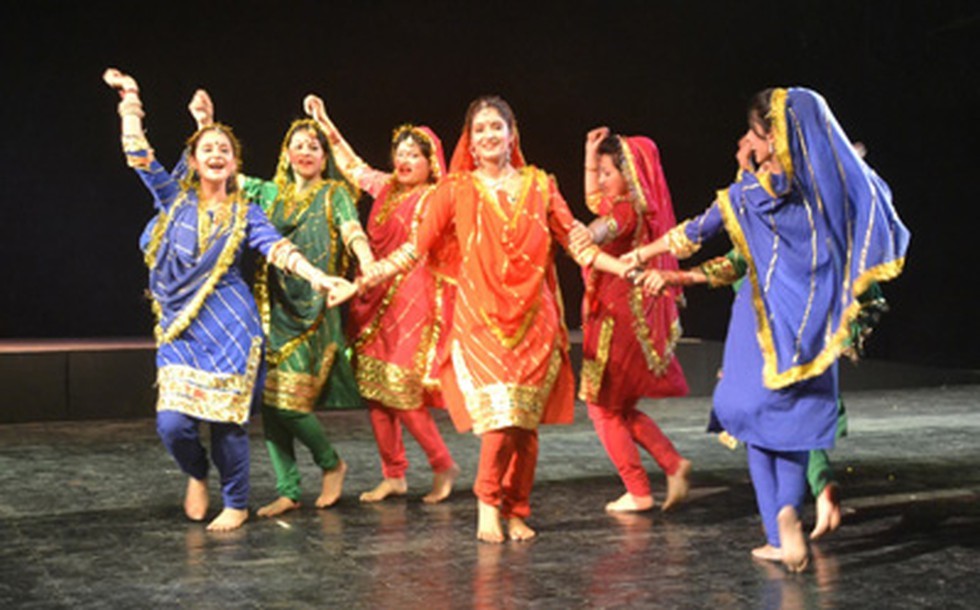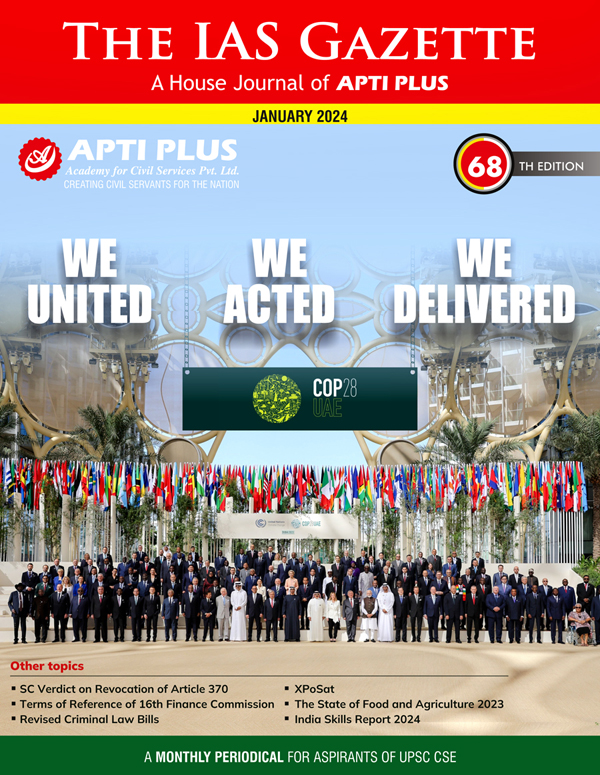Description

Disclaimer: Copyright infringement not intended.
Context
Recently, the Union Government of India conferred Padma Shri award to Jammu’s Dogri folk dancer Romalo Ram.
Details
Dogri Folk Dance
- Performance Style:
- Dogri folk dance is typically performed in the Duggar region of Jammu, showcasing the unique cultural identity of the Dogra community.
- Group Dynamics:
- The dance is often a collective effort, with a group of artists participating.
- The main leader not only sings but also dances, while others provide beats using instruments like Drums and Chimta.
- Occasions and Social Gatherings:
- Dogri folk dance is a significant part of various functions, social gatherings, and celebrations.
- It adds to the festive atmosphere, symbolizing joy and community spirit.
- Variety in Performance:
- There are different variations of Dogri dance. Some involve both men and women, while others may be exclusively performed by women.
- Colorful traditional dresses add vibrancy to the performances.

Dogri Language
- Geographical Distribution:
- Dogri is primarily spoken in the Jammu region of Jammu and Kashmir, India.
- It has smaller groups of speakers in adjoining regions of western Himachal Pradesh, northern Punjab, and north-eastern Pakistani Punjab.
- Official Recognition:
- Dogri has been among India's 22 scheduled languages since 2003.
- It is one of the five official languages of the union territory of Jammu and Kashmir.
- Script and Writing System:
- Historically, Dogri was written in the old Dogra Akkhar script, a modified version of Takri.
- Maharaja Ranbir Singh of Jammu and Kashmir introduced a modified version called "Name Dogra Akkhar," which, although used in official documents, didn't gain popularity among the general population.
- Currently, Devanagari is the officially recognized script for Dogri in India.
- Cultural Significance:
- Dogri has a rich literary tradition, including poetry, fiction, and dramatic works.
- It plays a vital role in preserving the cultural and linguistic heritage of the Dogras.
- Recognition and Recent History:
-
- Dogri has a history of translating significant works. For instance, a Dogri translation of the Sanskrit classic Lilavati was published in 1873.
- Poets and Literary Periodicals:
-
- Notable poets, like Kavi Dattu, have contributed to Dogri literature.
- Literary periodicals like Shiraza Dogri by the Jammu and Kashmir Academy of Art, Culture, and Languages continue to promote modern Dogri literary works.
-
- Dogri received recognition as an "independent modern literary language" by the General Council of the Sahitya Academy, Delhi, in 1969.
- It is one of the national languages of India since its recognition in the Indian constitution in 2003.
-
- Dogri programming is featured on Radio Kashmir and Doordarshan, contributing to its visibility and promotion.
|
PRACTICE QUESTION
Q. Which of the following dance forms is characterized by dancers balancing a series of earthen pots on their heads?
A) Kuchipudi
B) Bhavai
C) Mohiniyattam
D) Potraj
Answer: B
|















